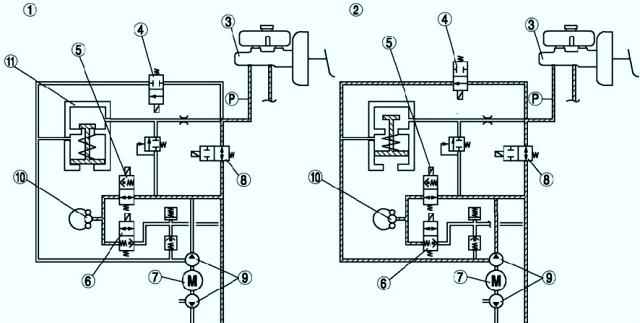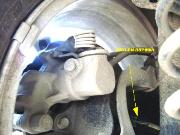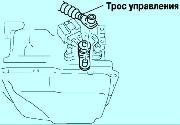During emergency braking, the DSC HU/CM increases the brake fluid pressure by increasing the pressure in the master cylinder, so more braking power is obtained with less brake pedal pressure
The DSC HU/CM system uses a built-in brake fluid pressure sensor to monitor the rate of change of pressure in the master cylinder, the emergency brake booster is activated when the rate of change of pressure exceeds a predetermined value, thus the system detects emergency braking conditions.
The DSC HU/CM system calculates the pressure in the brake cylinder, increases the fluid pressure in the master cylinder to a predetermined value.
By changing the pressure in the master cylinder, the pressure in the brake cylinder can be increased.
In addition to the normal brake fluid pressure, since all the solenoid valves are turned on, the electric motor drives a pump that increases the pressure in the brake system.

The emergency brake assist kicks in at speeds of 17 km/h or higher and does not turn on at speeds below 5 km/h.











